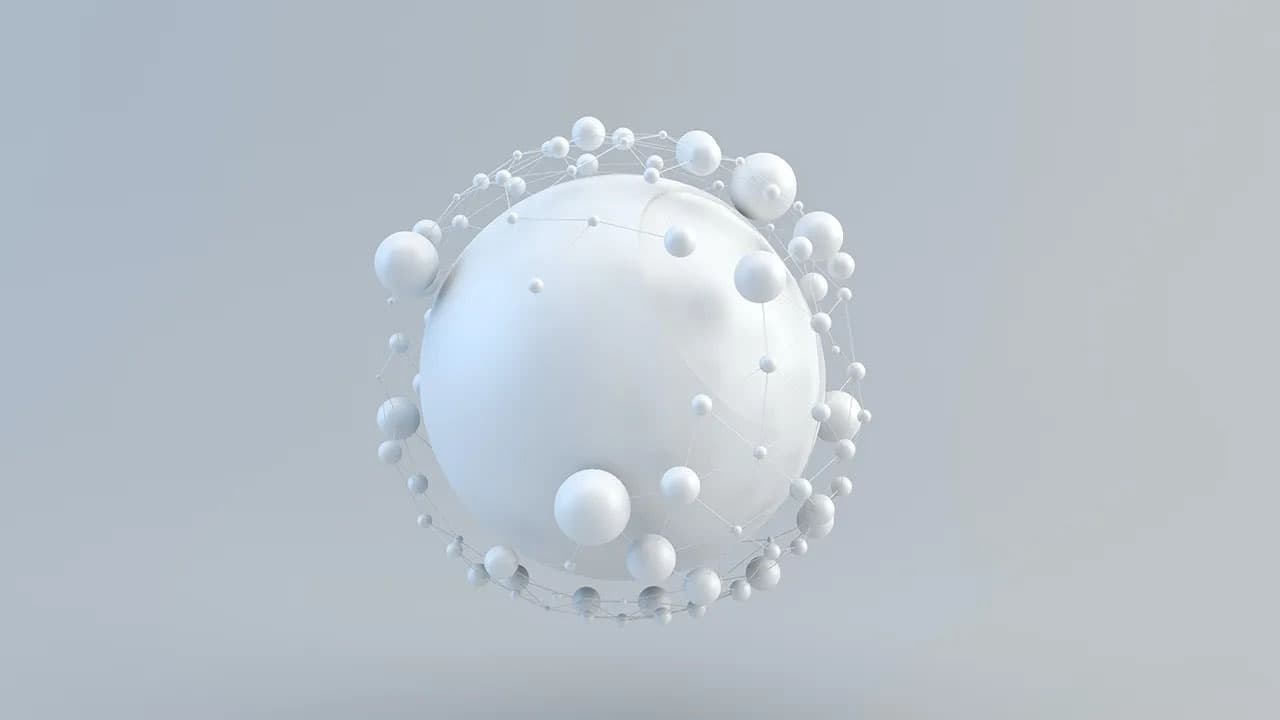How to Create an AI to Win Chess
Artificial Intelligence (AI) has revolutionized various domains, and chess is no exception. Creating an AI to win chess involves implementing advanced algorithms and techniques that allow the computer to evaluate positions and make informed decisions. In this blog, we will explore the steps to create a chess AI, along with some external resources for further reading.
Understanding the Basics
Before diving into the technical aspects, it is essential to have a basic understanding of how chess AI works. Chess AI involves various concepts such as move-generation, board evaluation, minimax, and alpha-beta pruning. These techniques form the foundation of a successful chess AI.
Move Generation
Move generation is the process of generating all possible legal moves for a given position. It is a crucial step in building a chess AI as it enables the computer to explore different possibilities and make informed decisions.
To learn more about move generation and its implementation, you can refer to A Step-by-Step Guide to Building a Simple Chess AI - freeCodeCamp.org.
Board Evaluation
Board evaluation is the process of assigning a score to a given chess position to determine its strength. This evaluation helps the AI prioritize certain moves over others. The evaluation function takes into account various factors such as piece values, pawn structure, king safety, and positional advantages.
To gain a deeper understanding of how board evaluation works, you can refer to Train Your Own Chess AI - Towards Data Science.
Building a Chess AI using Deep Learning
Deep learning has seen immense advancements recently and can be effectively applied to chess AI as well. Neural networks can be trained to learn patterns and strategies from large datasets, enabling the AI to make intelligent moves.
Using TensorFlow for Chess AI
TensorFlow is a popular deep learning framework that can be used to create a chess AI. By leveraging convolutional neural networks (CNNs), you can train a model to analyze chess positions and make optimal moves.
To get started with creating a chess AI using TensorFlow, you can refer to Creating A Chess AI using Deep Learning - Towards Data Science.
YouTube Tutorial on Chess AI with TensorFlow
If you prefer video tutorials, there is a comprehensive YouTube tutorial that walks you through the process of creating an AI that plays chess using a convolutional neural network. The tutorial provides code examples and practical insights.
You can access the YouTube tutorial here: Creating a Chess AI with TensorFlow - YouTube.
The Human Side of Chess AI
While building a chess AI, it is important to consider the human aspect of the game. Researchers continue to explore ways to create chess AI that better matches human play at various skill levels. One notable example is Maia, a custom chess engine developed by researchers at Microsoft, University of Toronto, and Cornell University.
The Impact of AI on Chess
Artificial intelligence has undeniably had a significant impact on the game of chess. It has allowed players to analyze positions more effectively and improve their decision-making process. Chess engines, powered by AI algorithms, have become invaluable tools for both professional and amateur chess players.
Creating an AI to win chess requires a deep understanding of move generation, board evaluation, and advanced techniques such as deep learning. By leveraging the power of AI algorithms, it is possible to build chess AI systems that can analyze positions and make optimal moves. Additionally, considering the human side of chess AI and its impact on the game is crucial for further advancements in this field.












